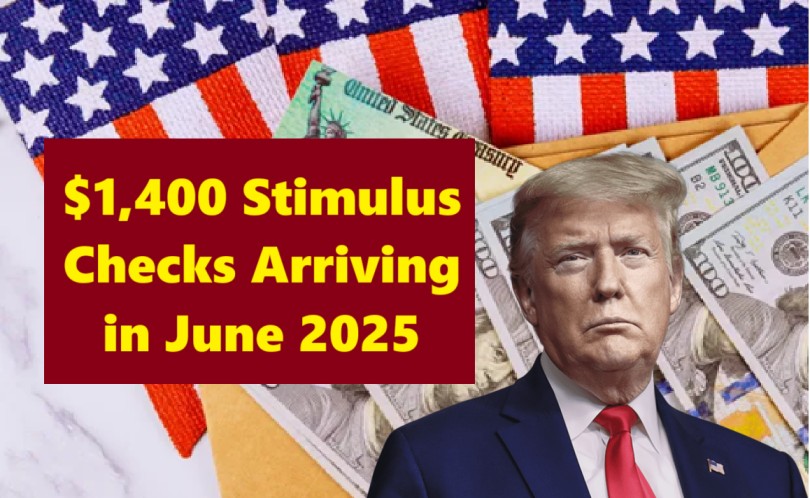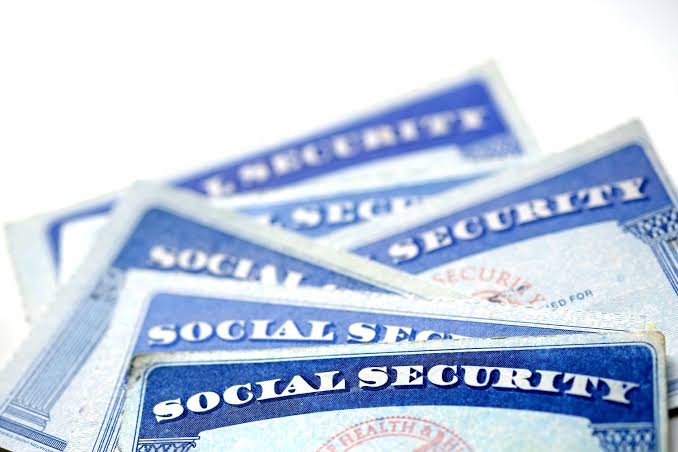If you thought stimulus checks were over, think again. While no new federal stimulus has officially passed in 2025, millions of Americans are still seeing surprise deposits of up to $1,400 hit their accounts—and you might be one of them. These aren’t part of a new COVID relief bill, but rather overdue payments from earlier programs you may have missed out on. Plus, several states are stepping in with their own relief checks, some worth hundreds of dollars. Here’s the full story on what’s available, who qualifies, and how to make sure you don’t leave money on the table.
Federal Stimulus Checks in 2025? Not Exactly—But There’s a Catch
Despite plenty of buzz online, there’s currently no official federal stimulus bill approved for 2025. That means there won’t be a “fourth stimulus check” from the government like we saw in 2020 and 2021. Any rumors you’ve seen floating around about new $2,000 payments or “DOGE dividends” are not real. In fact, the IRS and Treasury have not introduced any new direct payment plans this year.
However, that doesn’t mean the government isn’t sending out money. The IRS is quietly distributing leftover funds from the 2021 Recovery Rebate Credit, which was part of the American Rescue Plan. These are essentially make-up payments—if you were eligible for the third round of stimulus ($1,400 per person), but didn’t get it for some reason, you may still receive it in 2025.
Who’s Getting These Retroactive $1,400 Checks?
Around 1 million Americans are expected to receive these payments by early summer 2025. These are automatic payments, meaning you don’t need to reapply or file anything if the IRS has your current information. They’ll either send the money via direct deposit or a mailed check.
Here’s what qualifies someone for the $1,400:
-
You didn’t receive the third stimulus check in 2021, but you were eligible.
-
Your adjusted gross income (AGI) in 2021 was below $75,000 for individuals or $150,000 for married couples.
-
You filed a 2021 tax return (or a simplified return) and didn’t claim the Recovery Rebate Credit.
Important: The IRS deadline to manually claim this credit was April 15, 2025. If you didn’t file by then, you’ve likely missed out—but automatic payments are still rolling out to those who filed and qualified earlier.

State-Level Stimulus Checks Are Filling the Federal Gap
With federal aid dried up, many states have stepped in to issue their own relief payments using surplus funds or inflation relief programs. Here are some of the most notable:
-
New York began issuing checks worth $300–$500 to about 8 million residents starting in April 2025.
-
California rolled out a third round of Golden State Stimulus payments, sending out between $200–$725 to qualifying taxpayers.
-
Colorado distributed TABOR refunds—$800 for single filers and $1,600 for couples—to those who filed a 2023 state return.
-
Texas isn’t doing full stimulus checks, but it’s offering $150 utility relief credits to low-income seniors.
-
Other states, including Georgia, South Carolina, and Idaho, are continuing their own tax rebate or inflation relief programs.
These payments are mostly tied to state tax returns, so if you haven’t filed yet or didn’t update your address, it’s worth checking with your state’s Department of Revenue.
What to Look For and How to Avoid Scams
If you’re expecting a payment, keep an eye out for bank deposits labeled something like “IRS TREAS 310 TAX REF” or “STATE RELIEF PAYMENT.” And be cautious—no new federal stimulus means any unsolicited text, call, or email claiming otherwise is likely a scam.
Always verify through IRS.gov or your state’s official website—never through third-party links or sketchy social media posts.
Bottom Line
Even though 2025 isn’t bringing a fresh round of federal stimulus checks, millions of Americans are still cashing in on IRS retroactive payments and state-level relief programs. The key is knowing what you’re owed, watching for automatic deposits, and staying informed so you don’t miss out. This money is still out there—it’s just not as obvious as before.


